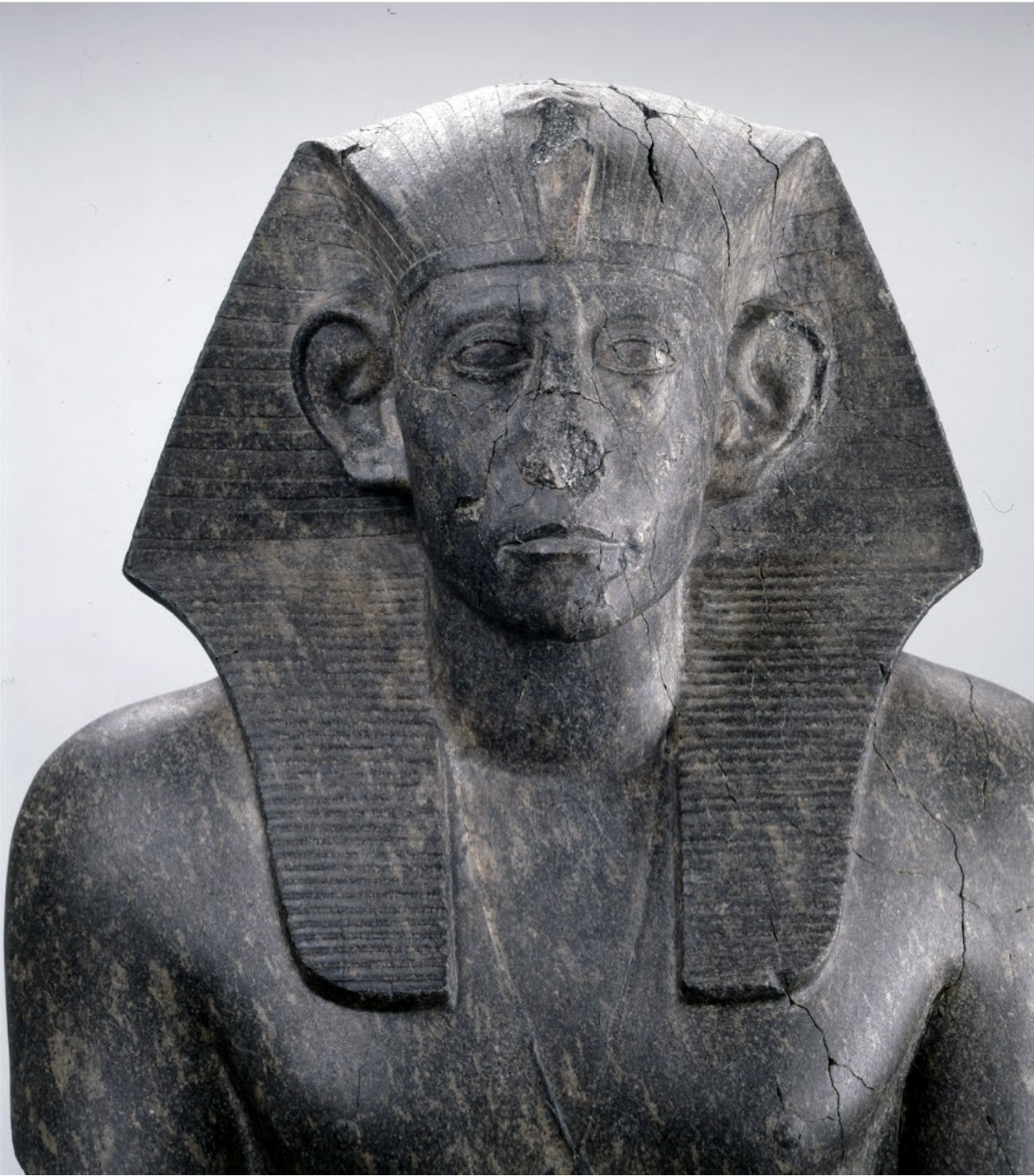
» Statues of Senusret III
The entrance gate to the Gunung Padang site. Archaeologists say the study's most contentious conclusion — that Gunung Padang may be "the oldest pyramid in the world" because its deepest.
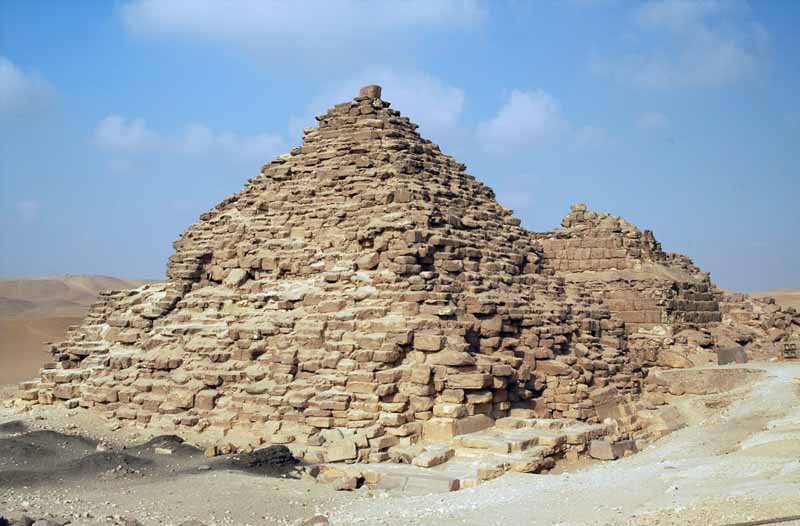
Pyramid of Senusret III at Dahshur Crystalinks
The pyramid of Senusret I is an Egyptian pyramid built to be the burial place of the Pharaoh Senusret I. The pyramid was built during the Twelfth Dynasty of Egypt at el-Lisht, near the pyramid of his father, Amenemhat I. Its ancient name was Senusret Petei Tawi (Senusret beholds the two lands). The pyramid was 105 meters on each side with a.

Nesi (Pharaoh) Senusret III's Pyramid at Dahshur Pyramids, Middle kingdom, Ancient egypt
Senusret I (Middle Egyptian: z-n-wsrt; /suʀ nij ˈwas.ɾiʔ/) also anglicized as Sesostris I and Senwosret I, was the second pharaoh of the Twelfth Dynasty of Egypt.He ruled from 1971 BC to 1926 BC (1920 BC to 1875 BC), and was one of the most powerful kings of this Dynasty. He was the son of Amenemhat I.Senusret I was known by his prenomen, Kheperkare, which means "the Ka of Re is created."

Famous Pharaohs The Pyramid of Senusret I Pyramids, Archeologist, Statue
Although Senusret II's pyramid was built with a north chapel included, [b] its real entry was hidden-away under the floor of a princess' tomb to the south-east. [3] [16] This was used for the burial rites of the king, but was too narrow for use during construction. [3] Instead, a larger 16 m (52 ft) deep construction shaft found further south.
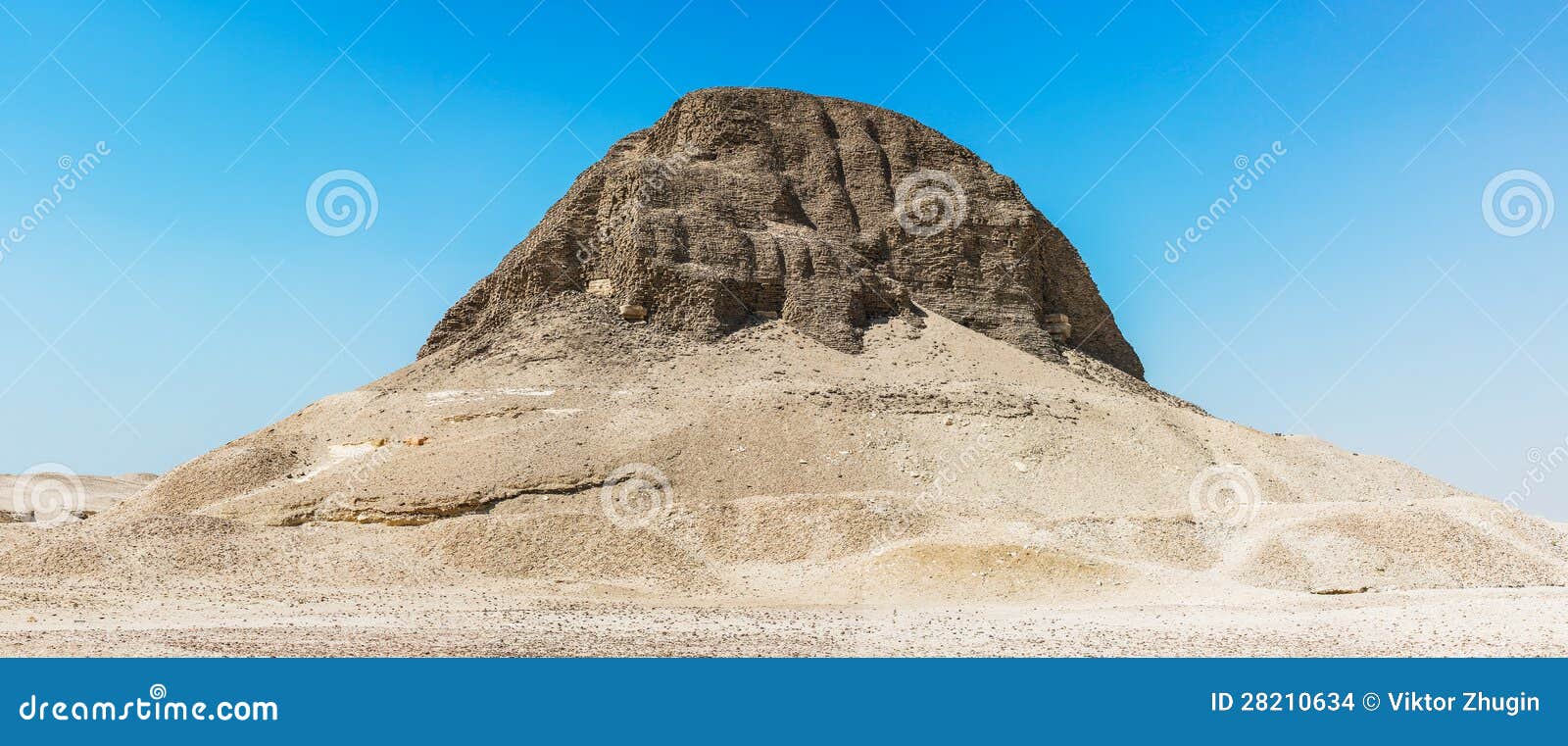
Pyramid of Senusret II stock photo. Image of sand, hill 28210634
The Black Pyramid, the first to house both the pharaoh and his queens, was built for Amenemhat III (r. 1860-1814 BCE). It is one of the five remaining pyramids of the original eleven pyramids at Dahshur in Egypt. Originally named Amenemhet is Mighty, the pyramid earned the name "Black Pyramid" for its dark, decaying appearance as a rubble.

Pyramid of Senusret III
Senusret (in Greek 'Sesostris') I Kheperkare(about 1956-1911/10 BC). Second king of the Twelfth Dynasty. Senusret is thought to have reigned for the first ten years in a coregency with his father Amenemhat I: if so, the start of his reign (and of the coregency) seems to be the point at which a new Residence city was founded at Lisht, and the pyramid of Amenemhat I was begun.

The Pyramid of Senusret I Famous Pharaohs
The Pyramid of Senusret I (Original height 61.2 metres) The Pyramid of Senusret I was constructed for Senusret I, the second pharaoh of the 12 th Dynasty and is located near Lisht. The pyramid builders tried to pioneer a new method of construction, using four stone walls radiated from the centre that decreased in size with each course added.

alLahun Pyramid Complex of Senusret II XII Dyn Pyramid & … Flickr
The pyramid of Senusret I is an Egyptian pyramid built to be the burial place of the Pharaoh Senusret I. The pyramid was built during the Twelfth Dynasty of Egypt at el-Lisht, near the pyramid of his father, Amenemhat I. Its ancient name was Senusret Petei Tawi (Senusret beholds the two lands).

The Pyramid of Senusret I Pyramids, Egyptian symbols, Ancient egypt
Senusret I Kheperkare (also known as Sesostris I and Senwosret I) was the second pharaoh of the Twelfth Dynasty (Middle Kingdom) of Ancient Egypt.The Turin Canon confirms that he ruled Egypt for forty-five years.. He was the son of Amenemhat I and his wife was Nefertitanen, and it is generally considered that Amenemhat I made Senusret his co-regent (possibly around the twentieth year of his.

The pyramid of Senusret II in ElLahun InsideEgypt
Lisht or el-Lisht (Arabic: اللشت, romanized: Al-Lišt) is an Egyptian village located south of Cairo.It is the site of Middle Kingdom royal and elite burials, including two pyramids built by Amenemhat I and Senusret I.The two main pyramids were surrounded by smaller pyramids of members of the royal family, and many mastaba tombs of high officials and their family members.
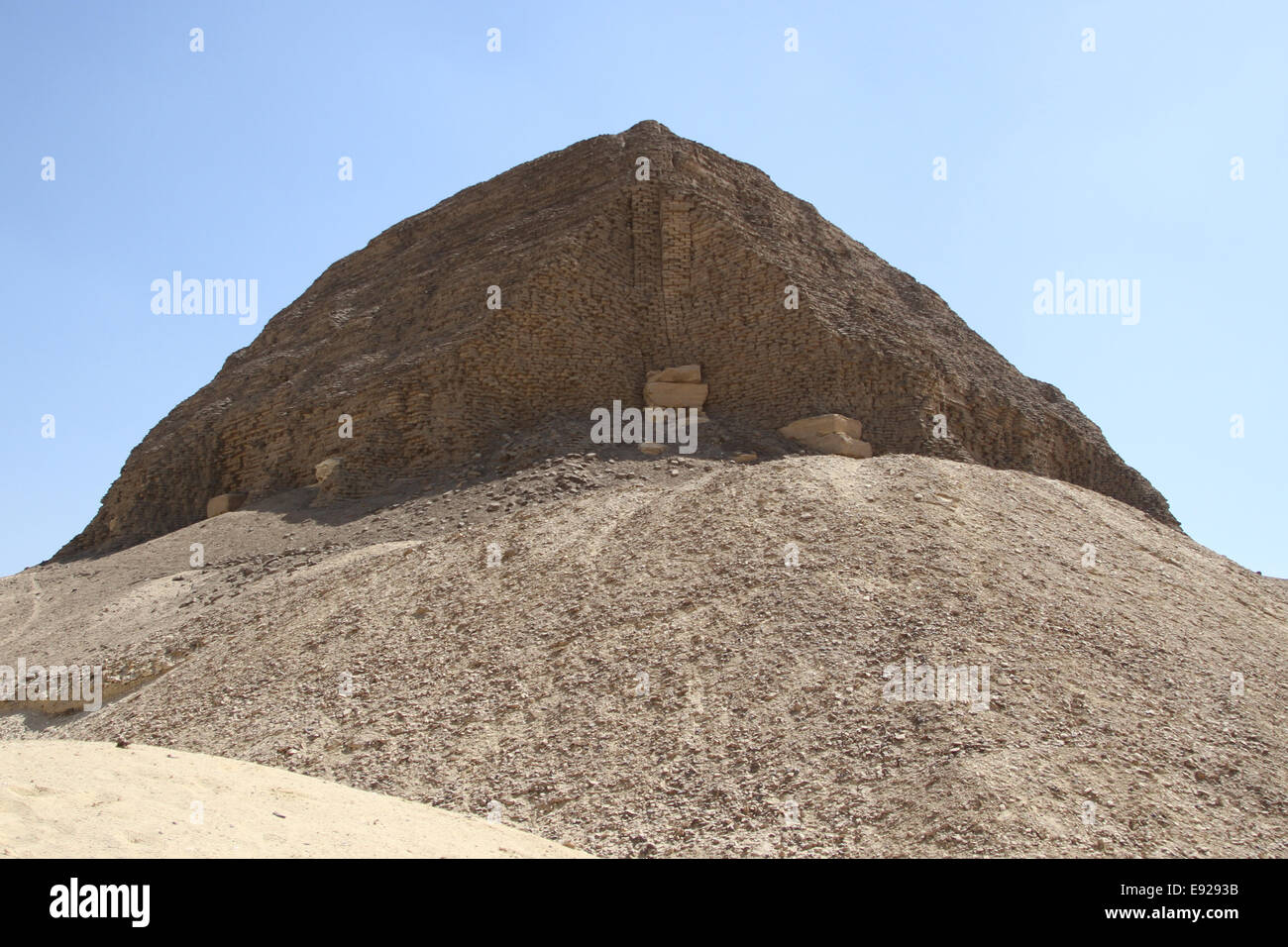
The Pyramid of the pharaoh Senusret II at Lahun in Egypt. Also know as Sesostris II or Senwosret
The pyramid of Senusret I was 105 meters on each side with a height of 61.25 meters; the slope of the four faces was 49° 24′. The pyramid used a construction method never seen in an Egyptian pyramid; four stone walls radiated from the centre built of rough-hewn blocks that decreased in size the higher their placement. The eight sections.
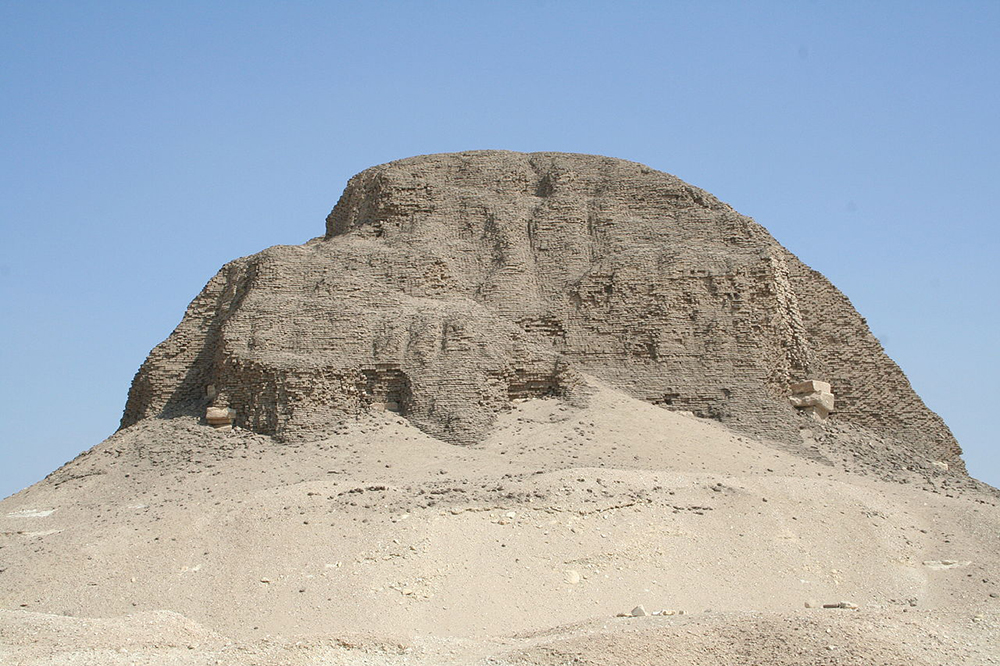
Pyramid of Senusret II at Faiyum Crystalinks
Nomen: Senusret. Horus Ankhmesut, Kheper-ka-Re, Senusret. Burial place: Lisht. Senusret I was the son of Amenemhat I and Neferitatenen. Wife: Neferu III, King's Daughter, King's Wife and King's Mother. Neferu married her brother Senusert. She is mentioned in the Story of Sinuhe. Neferu III had her own pyramid in the funerary complex of her.

The Pyramid of Senusret I Famous Pharaohs
Statue of Senusret I now in the Egyptian Antiquity Museum . The main pyramid complex is enclosed within a perimeter wall, with the exception of the outer part of the mortuary temple. Then, the entire complex, including subsidiary pyramids is surrounded by a second wall.

9 Tombs That Prove You Don't Have to Be a Pharaoh to Be Buried Under a Pyramid Atlas Obscura
The Pyramid of Senusret I stands as a testament to the architectural prowess of the Middle Kingdom of ancient Egypt. This enduring monument is located in the heart of El-Lisht, near the ruins of the ancient city of Itjtawy. Built for the second pharaoh of the Twelfth Dynasty, Senusret I, the pyramid reflects the period's innovation in design.

Die Pyramide Von Senusret II Stockfoto Bild von denkmal, hügel 20524982
Senusret II ruled Egypt during the end of the 1800s BCE. When he died, he was placed in a pyramid tomb like many Egyptian rulers before and since. However Senusret II's tomb, like his father's.

Vestiges of the casing stones of the Pyramid of Senusret I. Pyramids, Egypt, Science nature
Senusret III, who is also known as the great builder of the 12 th Dynasty, chose Sahshur as the site of his pyramid. With a base line of 105 meters, similar to Senuret I's pyramid, the structure was made of mud-brick, encased in Tura limestone and had an unusual entrance on the west side of the oyramid. The burial chamber was lined in granite.